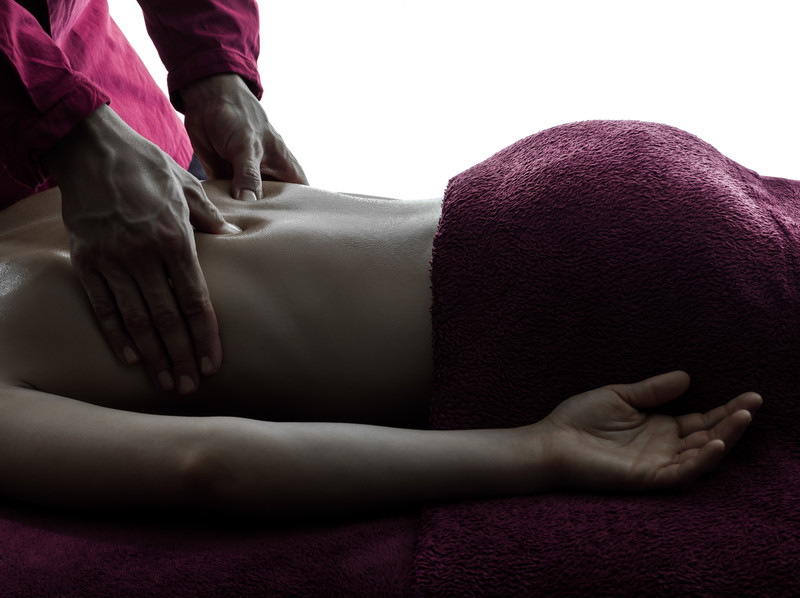 When stressed or injured, muscles often form trigger points, which are areas of muscle locked into a contraction, which cause pain and tightness. When our muscles develop trigger points, we experience pain, stiffness and tension, physical limitation and loss of normal function. Factors which can commonly cause trigger points include deconditioning (or a lack of activity), poor posture, repetitive mechanical stress, mechanical imbalance (e.g. leg length inequality), joint disorders, insufficient sleep and vitamin deficiencies. Often, trigger points are present secondary to other sources of pain, such as arthritis or bulging discs. The trigger points may actually be causing the painful symptoms attributed to with these conditions.
When stressed or injured, muscles often form trigger points, which are areas of muscle locked into a contraction, which cause pain and tightness. When our muscles develop trigger points, we experience pain, stiffness and tension, physical limitation and loss of normal function. Factors which can commonly cause trigger points include deconditioning (or a lack of activity), poor posture, repetitive mechanical stress, mechanical imbalance (e.g. leg length inequality), joint disorders, insufficient sleep and vitamin deficiencies. Often, trigger points are present secondary to other sources of pain, such as arthritis or bulging discs. The trigger points may actually be causing the painful symptoms attributed to with these conditions.
The majority of patients seeking relief from pain are still treated with the traditional approach of anti-inflammatory medications, muscle relaxants, anti depressant medications and/or strengthening programs. These prove ineffective, if not detrimental, as trigger points do not respond to them and may be aggravated by inappropriate activity (strengthening exercises). Currently there is no evidence that any form of drug treatment eliminates myofascial trigger points.
As a trigger point is an area of muscle which is locked into a contraction, the treatment is simply to unlock the area of excessive contraction. This can be achieved by applying pressure to the trigger point and increasing the pressure as the trigger point "releases" and softens, accompanied by a slow controlled movement of the affected area by the patient which imparts a strong local stretch to the Trigger Point. This stretch can be made more effective by applying a vapo-coolant spray (very cold because it evaporates the second it touches your skin) to ‘distract’ the nerve endings associated with the muscle which allows a more complete stretch.
Once trigger points are released the muscle needs to be moved throughout its full range. Simple stretching movements done by the patient at home are important in the retraining of the muscle. Many patients experience relief from pain during the first treatment. For others several treatments are needed before their pain starts to diminish. It is common for patients to experience some soreness for one to two days after treatment. This usually resolves after the first few treatments. It is not uncommon for people to experience relief from symptoms they were not seeking treatment for, such as chronic hand and forearm pain clearing up after being treated for a stiff neck. Returning to normal activities without pain is most often accelerated by adherence to the self-care program given to you by your therapist.